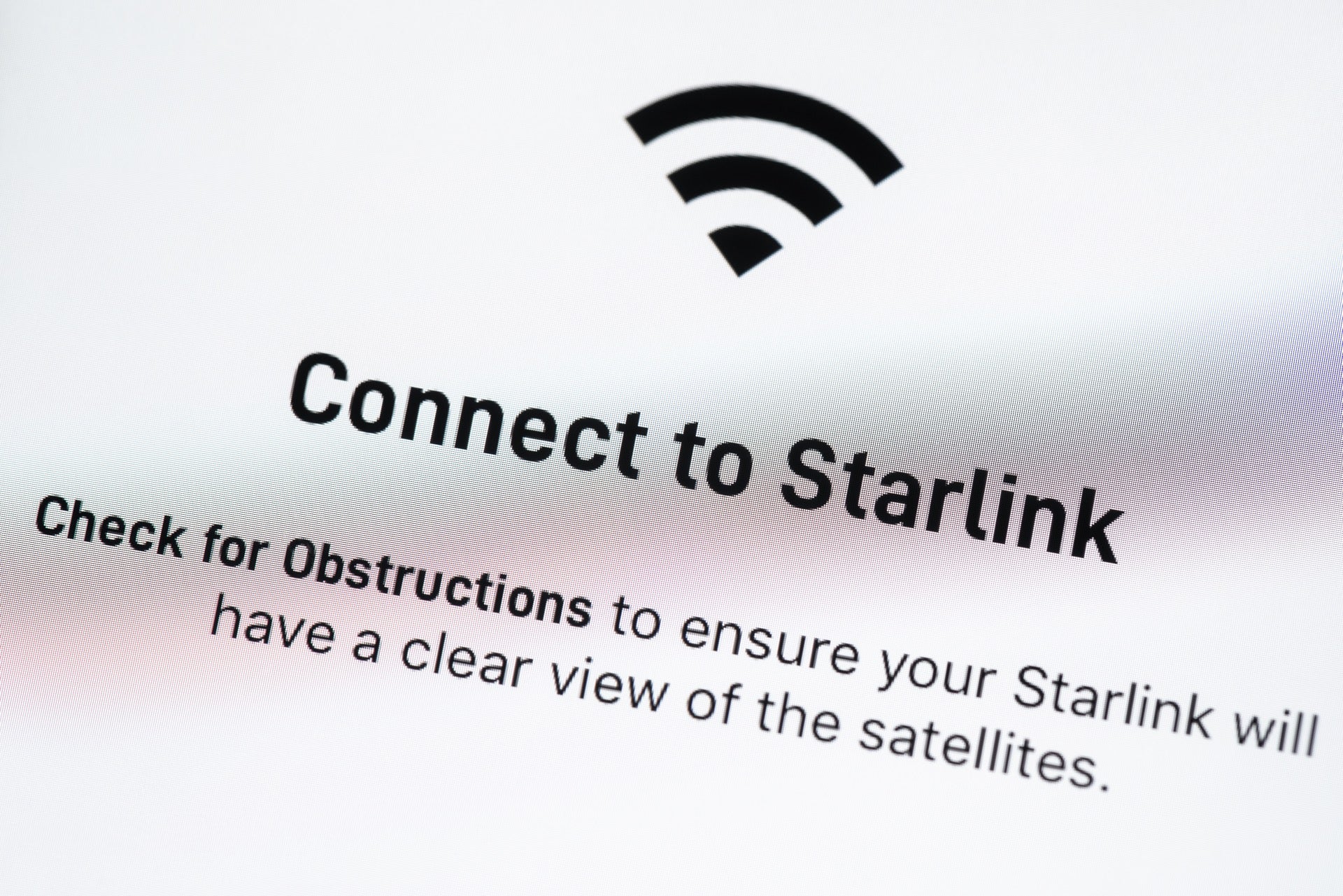
When Elon Musk isn’t planning the next Saturday Night Live episode or brushing aside the latest Tesla kerfuffle, he’s busy running SpaceX. The tech tycoon has made no secret of the fact that the company’s ultimate goal is to colonise Mars. But to do that, the spacetech unicorn must make a lot of money. Enter Starlink.
The Starlink constellation of (so far) more than 1,300 low-orbit satellites is Musk’s attempt to bring wireless high-speed internet to millions of users around this world so that he can get to the next one. And apparently, people are eager to use the service. Over 500,000 prospective customers have each coughed up $99 to preorder the system. Starlink only began accepting preorders in February, after launching a limited beta test in October last year.
SpaceX announced its prospective-subscriber milestone on May the 4th – a special day for any fan of the Star Wars franchise – in conjunction with the company’s 26th Starlink launch mission.
The hopeful interplanetary $74bn business has, however, cautioned that deposits are fully refundable and does not guarantee service.
The public beta programme was priced at $99 per month on top of a $499 upfront cost to order the Starlink Kit, which includes a user terminal and Wi-Fi router to connect to the satellites, according to CNBC. At that price, Musk would need roughly 25 million Starlink users to reach his goal of making $30bn in revenues from the project, meaning the preorders represent 2% of the users he’d need.
It’s understandable that some Starlink users may be wondering when they’ll get full service, especially given that the initial launch was reportedly slotted for last year. Musk is, nevertheless, characteristically bullish about SpaceX’s ability to deliver.
How well do you really know your competitors?
Access the most comprehensive Company Profiles on the market, powered by GlobalData. Save hours of research. Gain competitive edge.

Thank you!
Your download email will arrive shortly
Not ready to buy yet? Download a free sample
We are confident about the unique quality of our Company Profiles. However, we want you to make the most beneficial decision for your business, so we offer a free sample that you can download by submitting the below form
By GlobalData“Only limitation is high density of users in urban areas,” the SpaceX founder tweeted in response to these concerns. “Most likely, all of the initial 500k will receive service. More of a challenge when we get into the several million user range.”
Only limitation is high density of users in urban areas. Most likely, all of the initial 500k will receive service. More of a challenge when we get into the several million user range.
— Elon Musk (@elonmusk) May 4, 2021
The company has told federal regulators that Starlink had “over 10,000 users in the United States and abroad” as of February.
Musk’s confidence aside, it is clear that SpaceX is on a clock. Starlink and its rivals – such as OneWeb – are caught in a race against the global rollout of 5G. As Verdict has noted in the past, it is possible that many potential Starlink customers will find it easier to tap into the world’s rapidly spreading undersea fibre networks using terrestrial wireless tech, rather than coughing up several hundred dollars for a Starlink box.
Surface networking will, of course, not reach everyone. About 750 million people worldwide won’t benefit from the 5G rollout as the backbone network won’t get near enough to them. Unfortunately for Musk, many of these people won’t make ideal customers as they often don’t have much money.
On the other hand, if Musk manages to get Starlink up and working before the fibre rollout has been completed, then users may find it easier to simply get the box instead of waiting for the surface infrastructure investments to reach them. It has even been suggested, not least by Musk himself, that the high capacity satellite-to-satellite links of Starlink and other low-orbit constellations might one day not just compete against the undersea fibres, but replace them.
Aside from attracting the 25 million high-paying Starlink users needed to reach the $30bn revenue goal, SpaceX also faces other challenges.
Firstly, the company must mass-produce and launch thousands of affordable satellites. Secondly, while cheap, the satellites’ technology – such as the laser links needed to connect the satellites to one another and super-economical Krypton manoeuvre thrusters to keep them on the right track – must be of the highest standard.
Mars, it seems, is still far away.



